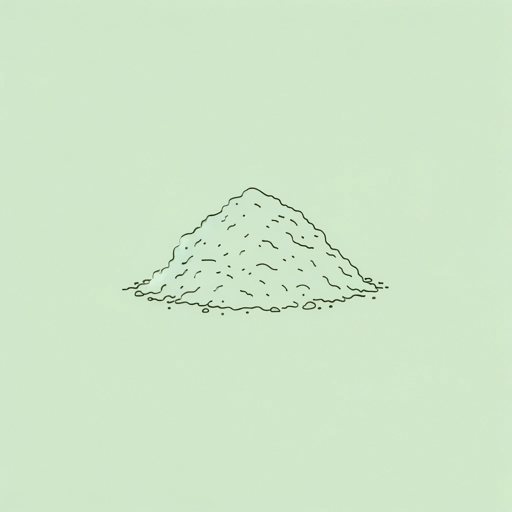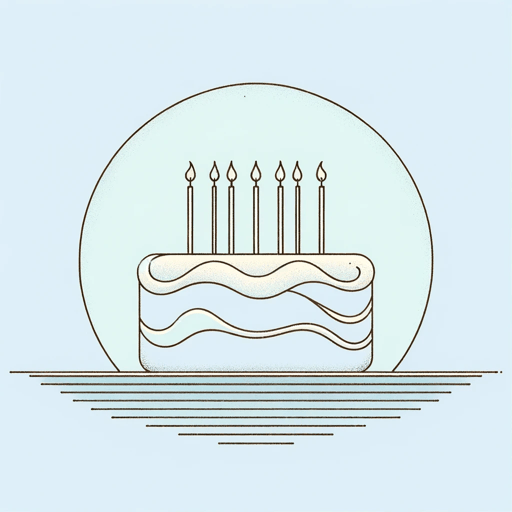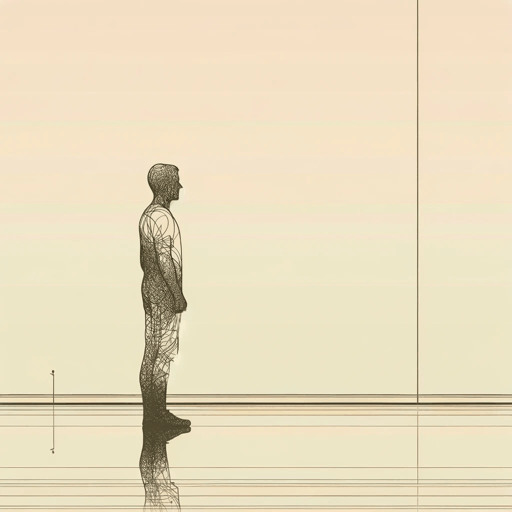17 pages • 34 minutes read
Sharon OldsStill Life in Landscape
Fiction | Poem | Adult | Published in 2004A modern alternative to SparkNotes and CliffsNotes, SuperSummary offers high-quality Study Guides with detailed chapter summaries and analysis of major themes, characters, and more.
Poem Analysis
Analysis: “Still Life in Landscape”
The poem’s title invokes a different medium—painting—and sets the expectation of a display arranged to spark a particular emotion in the viewer. In this poem, the reader becomes the viewer, and the tableau of the “still life” comes into view as the speaker’s memory unfolds. In painting, the term “still life” typically refers to depictions of inanimate objects. The original French term nature morte translates literally to “dead nature.”
The poem opens in a wide view, setting the visual landscape before narrowing like a funnel toward the central image. The reader learns the broad scene first: night, with rain. Car parts “and / half-cars” constitute the first objects in view (Lines 1-2). The poem’s formal qualities imitate the action represented; even the line break accents the brokenness of the crashed vehicles.
The speaker momentarily pulls back again in the second line; after identifying the vehicles themselves, she comments “it was still, and bright” (Line 2). While “still” recalls the title, the double meaning isn’t yet apparent: motionless and dead. Though the first line presents night, the second line’s “bright” brackets the first two lines with the rhyme and opposing meanings of “night” and “bright” (Lines 1-2).
Related Titles
By Sharon Olds







